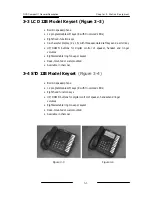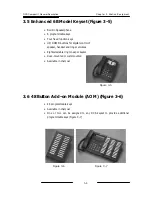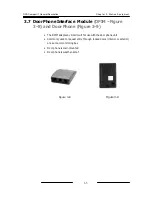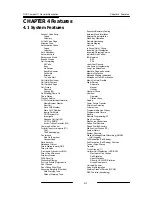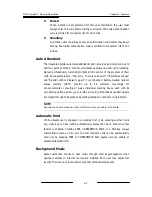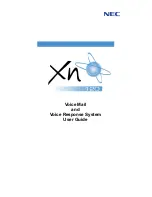
DCS Compact II General Description
Chapter 4. Features
4-10
Outside lines may be programmed to bypass the operator(s) and ring directly at
any station or group of stations.
Direct Inward System Access (DISA)
Users can call in on specific DISA lines at any time, input a security code and
receive system dial tone. Users can now place internal calls or, if permitted, calls
using C.O. lines. The caller must have a tone dial phone and must know his/her
DISA security code. DISA lines can be used as both–way lines or incoming only
and may be active in day mode, night mode or both. The C.O. lines used for
DISA must have disconnect supervision.
Direct Trunk Selection
Each station can be allowed access to or denied access from a trunk or trunk
group by access code.
Directory Names
Each station, station group and C.O. line may be assigned a directory name
(maximum 11 characters). In addition, each personal speed dial number, system
speed dial number and entry in the DDI translation table may be assigned a
name (maximum 11 characters). These names are displayed during calls with
these ports and, in the case of station and speed dial names, can be used to
originate calls. See the Dial by Name feature (in Station Features).
DISA Security
Telephone fraud and long–distance theft continue to increase; therefore, we have
introduced a DISA security system. If an incorrect DISA passcode is entered
repeatedly (as is the case with “hackers”), the DISA system can be automatically
disabled temporarily. Both the number of incorrect passcode attempts and the
time that DISA is disabled are programmable. In addition, all failed attempts to
access DISA will print on SMDR (if provided) with a "DE" DISA error flag.
Distinctive Ringing
Users will know the type of call received by the type of ring heard. Outside calls
have a single ring repeated while internal calls have a double ring repeated.



